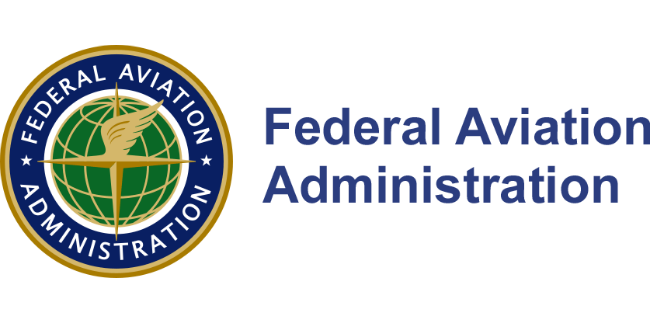FAA Finally Agrees to Let Us Use Our Electronics Whenever We Want

Remember when we used to power down our electronic devices during plane takeoffs and landings? That’s what we’ll be saying before the end of the year, and pardon me if I won’t feel a tinge of nostalgia when the time comes. The ban on PEDs (personal electronic devices) during takeoffs and landings was one of the more unpopular — and, frankly, unnecessary — rules put in place by the FAA. Today, however, is the beginning of a new era, as the FAA has announced that passengers will soon be free to use their electronics at any point during the flight.
Now, there is one caveat that isn’t really a new rule so much as a reiteration of an existing rule. Electronic devices that have cellular radios must have those radios disabled, so you won’t be making calls or browsing the Web using Verizon’s LTE band from a mile high. You are allowed to connect to in-flight Wi-Fi if the airline offers it, though, so you may not be completely cut off from the world. The FAA has also approved the use of Bluetooth accessories for all portions of the flight, as these are short-range devices, unlike cellular-enabled smartphones and tablets.
This policy also won’t be a sweeping, immediate change across airlines. Implementation of the new policy will differ from carrier to carrier, though the FAA expects that most of them will support the policy by the end of the year.
The FAA has put together a helpful Top 10 list of things airline passengers should know about the new policy. We’ve included it below.
1. Make safety your first priority.
2. Changes to PED policies will not happen immediately and will vary by airline. Check with your airline to see if and when you can use your PED.
3. Current PED policies remain in effect until an airline completes a safety assessment, gets FAA approval, and changes its PED policy.
4. Cell phones may not be used for voice communications.
5. Devices must be used in airplane mode or with the cellular connection disabled. You may use the WiFi connection on your device if the plane has an installed WiFi system and the airline allows its use. You can also continue to use short-range Bluetooth accessories, like wireless keyboards.
6. Properly stow heavier devices under seats or in the overhead bins during takeoff and landing. These items could impede evacuation of an aircraft or may injure you or someone else in the event of turbulence or an accident.
7. During the safety briefing, put down electronic devices, books and newspapers and listen to the crewmember’s instructions.
8. It only takes a few minutes to secure items according to the crew’s instructions during takeoff and landing.
9. In some instances of low visibility – about one percent of flights – some landing systems may not be proved PED tolerant, so you may be asked to turn off your device.
10. Always follow crew instructions and immediately turn off your device if asked.
I’ve often found the takeoff and landing portions of a flight the most boring because, well, I wasn’t allowed to use an electronic device to pass the time. This new policy should go a long way in helping airline passengers feel more satisfied with the experience, and it shows that government agencies are able to adapt their policies to keep up with the times — albeit at a slow, almost molasses-like pace.